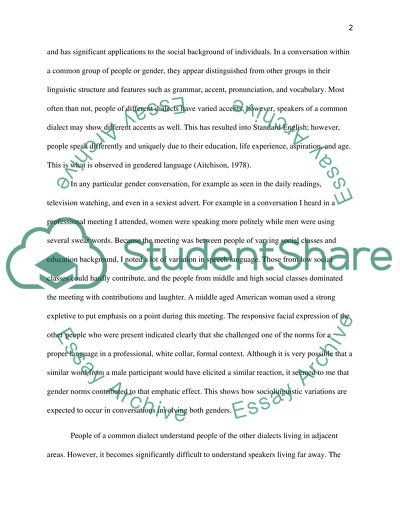Cite this document
(“Gendered-Language Journal Essay Example | Topics and Well Written Essays - 2000 words - 1”, n.d.)
Retrieved from https://studentshare.org/gender-sexual-studies/1616999-gendered-language-journal
Retrieved from https://studentshare.org/gender-sexual-studies/1616999-gendered-language-journal
(Gendered-Language Journal Essay Example | Topics and Well Written Essays - 2000 Words - 1)
https://studentshare.org/gender-sexual-studies/1616999-gendered-language-journal.
https://studentshare.org/gender-sexual-studies/1616999-gendered-language-journal.
“Gendered-Language Journal Essay Example | Topics and Well Written Essays - 2000 Words - 1”, n.d. https://studentshare.org/gender-sexual-studies/1616999-gendered-language-journal.


